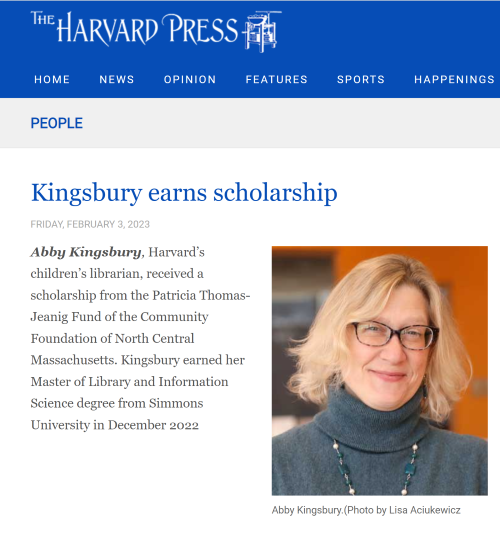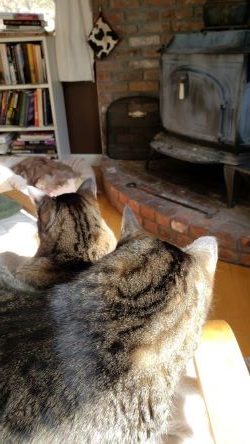I had this grand plan that once I finished my graduate school work I’d post regularly on this blog again. I finished my school work on December 16, 2022…and then I realized how very tired I was, and, of course, didn’t end writing many posts. So I decided that I’d post regularly again once I walked through my graduation ceremony in mid May. But guess what: the day after graduation I crashed – I was ridiculously tired. I even stayed home from work that day (a Saturday) and spent the whole day in bed – which is totally NOT like me.
And so it’s gone. I think that the craziness of my life since March of 2020 really took a toll on me, and these last few months have been about processing all that happened and also catching up on downtime. Think about it: I was going to graduate school while working at least 60 hours a week (paid for 40, no worries about overtime, people! 🙂 ), and my work was all about pivoting and constantly reinventing processes and procedures while being concerned about not catching Covid because I work in a public service job and Jim works in healthcare. Plus we were trying to have a happy homelife, so I would try to shuffle off my school and work stuff to times when Jim wasn’t home; not a moment of my days were unscheduled. And, because I’m a perfectionist, it wasn’t enough for me to do the coursework and earn my MLIS – I needed to graduate with a 4.0 GPA and honors.
So, yeah, I’m tired. And while life seems to be “normal” again, it really isn’t, is it? Covid is still lurking in the background, reminding us that our lives won’t ever quite be the same as they were before March of 2020. My brother has written a couple of posts for his blog that resonant with me on Covid burnout and lingering effects of stress from the pandemic: this one from June 2023 and a second post from September 2023.
In addition to the post-graduation exhaustion I’ve been feeling, we’ve also been dealing with a very sick little kitty cat and an elderly dog who won’t let himself heal from a surgery in August. Tuffy will, hopefully, be fine, but he has persistently been worrying at the surgical site on his tush from which a benign lump was removed in August. We have to dress him in a shirt every day to keep him from licking it, but he still insists on rolling around on his back and working at the spot. Last week I took him to the vet to have the site checked, and sure enough it was infected. Time for more antibiotics, and then we went back on Tuesday so the vet could put in a couple of stitches and three staples. This is the second time the vet has had to re-close the site, so all my fingers and toes are crossed that this time it heals.
And then there’s sweet Millie. On July 2 she had a tremendous nosebleed, which began multiple trips to the animal hospital. She got a CT scan and a rhinoscopy, and was diagnosed with Feline Herpes Virus, which causes flares of sneezing and terrible congestion and rhinitis. By August she was doing pretty well and it looked like we could get by with daily Zyrtec and L-lysine and probiotics, but then a few weeks ago she was really struggling to breathe again. We’ve been to the vet (or the vet has come to us) four or five times in the last couple of weeks, and our awesome house call vet has kept in constant contact by text (until this week, when the poor woman got Covid and has been laid up herself). Millie won’t eat or drink water at this point – when cats can’t smell they won’t eat – so the days are consumed by dosing her with antibiotics and a prescription nose drop, then two visits each day to a steamy bathroom, plus keeping a humidifier going in her favorite room, plus I’m feeding her by syringe, and Jim and I are giving her subcutaneous fluids each day. Plus our vet has given us a transdermal appetite stimulant to put on her ear as needed – I’m not sure it works, but maybe it does? Plus today I decided to dose her with catnip to see if that would help (not really, alas).
It’s deeply sad to see our little girl wasting away because her nasal passage is blocked so she doesn’t want to eat. I’m very concerned about her, but hoping that all of our ministrations will help her round the bend and get her appetite back. Please keep our sweet Millie in your thoughts.
Long story short, I’m pooped, and this blog probably isn’t going to see another post for a while…






